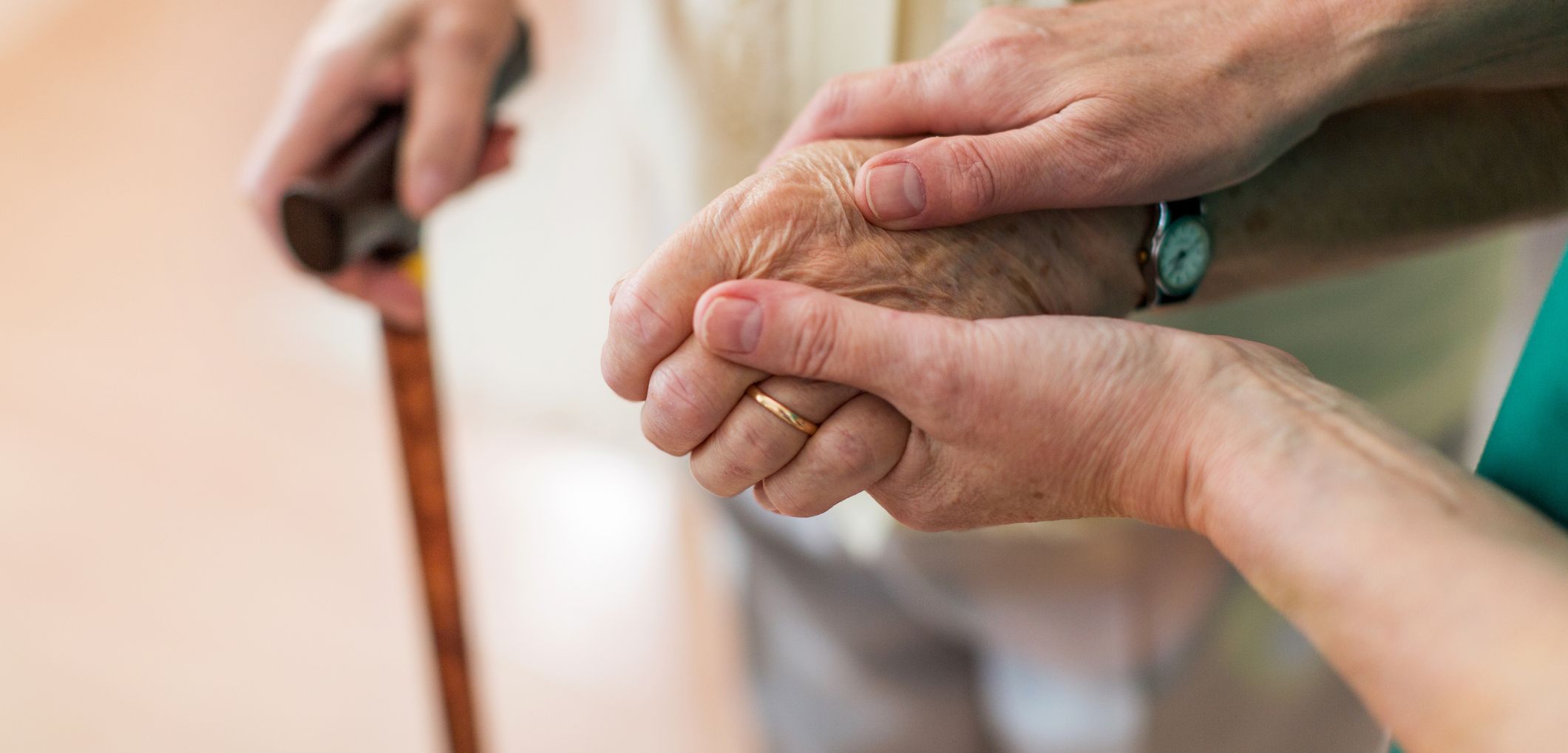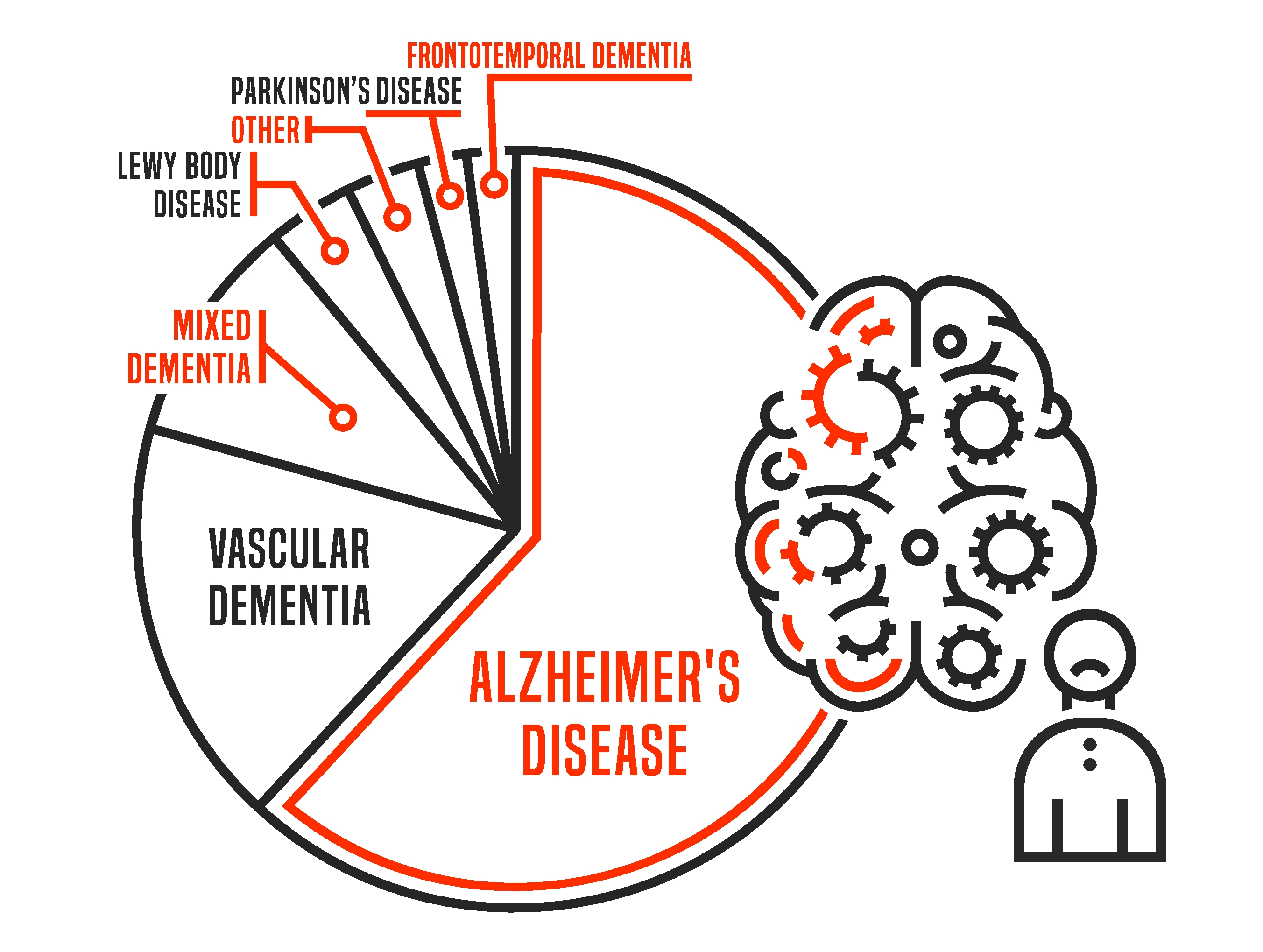Ready to Arrange Support?
At Wisteria House, our care homes in Plymouth, including our CQC Outstanding‑rated Plymstock site. provide dedicated support for those living with dementia and their loved ones. If you are ready to speak to someone or seek additional assistance, please do get in touch today and we can help you with tailored advice and services.





